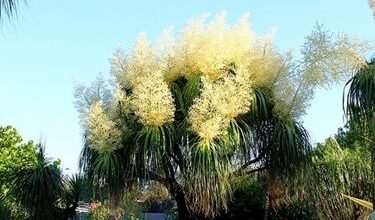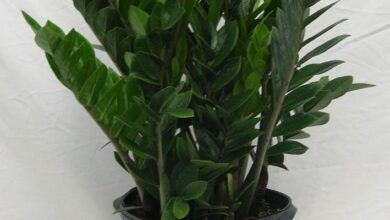Cuttings of plants from Schefflera : Tips for propagating Schefflera cuttings
The schefflera, or umbrella tree, can give a great and attractive accent in a living room, office or any other generous space. Propagating schefflera cuttings is a simple and inexpensive way to create an impressive collection of plants for gifts or home decoration. Like many other shrub plants, schefflera cuttings will create a perfect clone of the mother plant, without the possibility of mutations like those found when planting Seeds Propagate your schefflera with cuttings and you will have a collection of healthy, growing plants in about a month.
How do I root Schefflera cuttings?
How do I root the schefflera cuttings? It is very easy to root a schefflera cut. Clean a sharp knife with an alcohol swab to prevent the possible spread of bacteria to your plants. Cut a stem near the base of the plant and wrap the cut end in a damp paper towel. Cut each leaf in half horizontally to reduce the amount of moisture it loses during rooting.
Fill a 6 cm pot with fresh potting soil. Make a 2 cm hole in the soil with a pencil. Soak the end of the cutting powder with rooting hormones, place it in the hole and gently tap the soil around the stem to secure it in place.
Water the soil and place the pot in a place that receives constant light but no direct sunlight. The stem will begin to take root in a few weeks. When the plant starts to grow new green shoots at the top, cut off the tops of the shoots to encourage branching.
Further propagation of the Schefflera plant
Rooting a cut of schefflera is not the only way to propagate the schefflera plant. Some growers have more luck with stratification when they want to produce one or two new plants.
Stratification creates new roots along the stem while the stem is still on the mother plant. You remove the bark in a ring around a flexible stem, near the tip and under the leaves. Bend the stem downwards to force it into the soil of another pot nearby. Bury the cut part, but leave the leafy end in the soil. Hold the stem in place with a bent wire. Keep the soil moist and roots will form around the area where you damaged the bark. Once new growth occurs, cut it from the original tree.
If your stems are not long enough to bend into another pot, damage the bark in the same way, then wrap the area in a clump of damp sphagnum moss. Cover the baseball-sized bump with plastic wrap, then tape it down. The roots will grow into the moss. When you see them through the plastic, hold the new plant under the plastic, remove the lid and plant it in a new pot.



